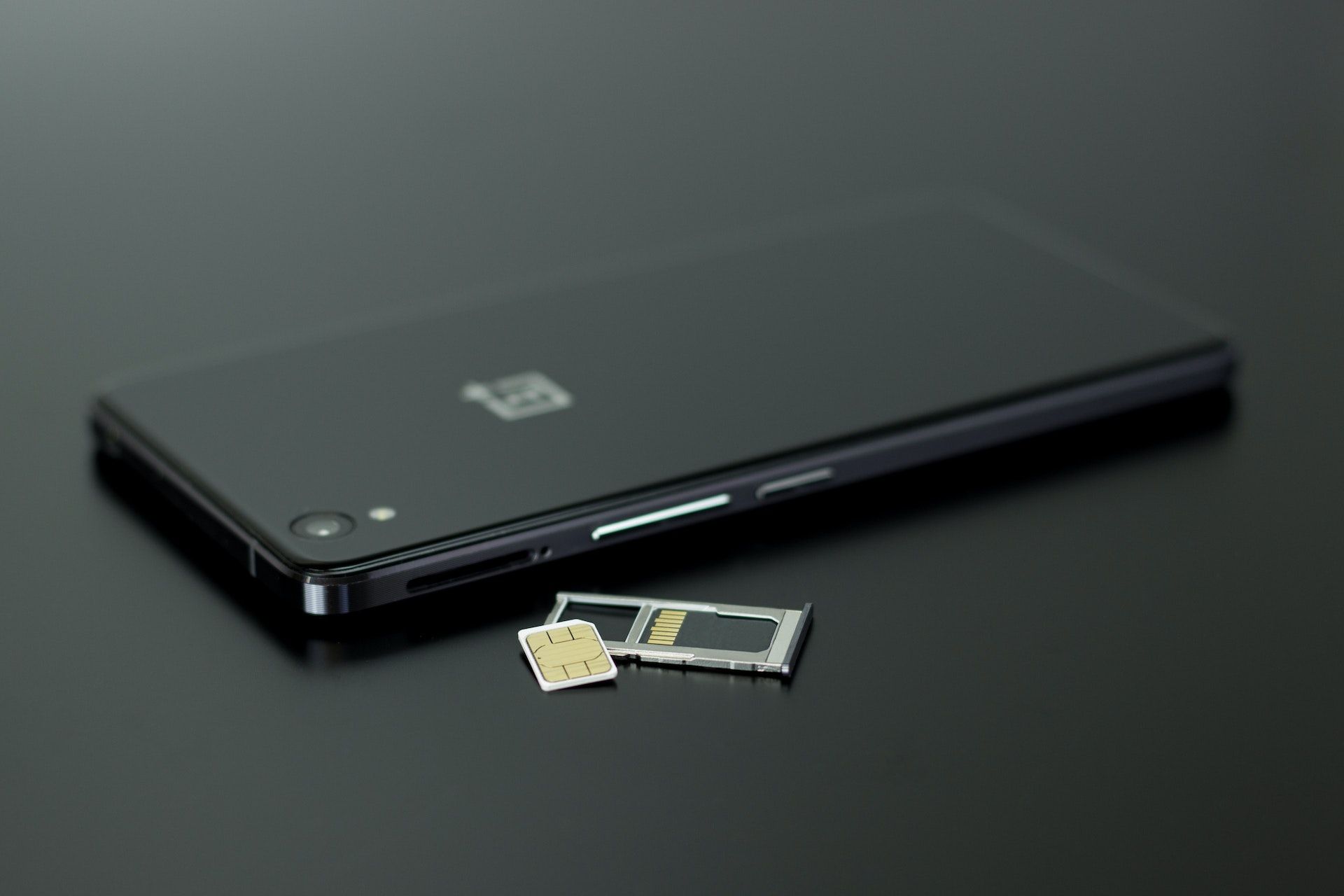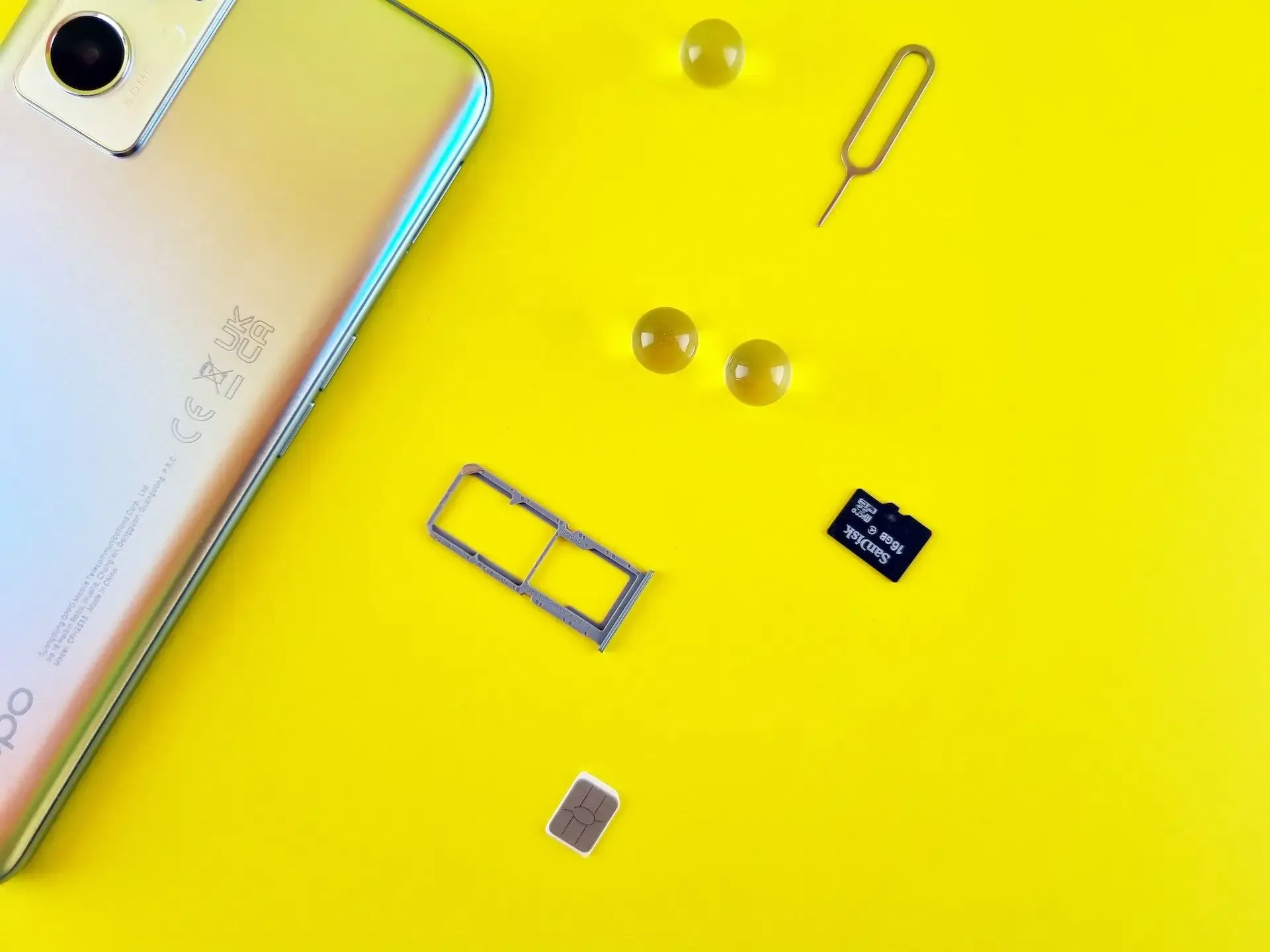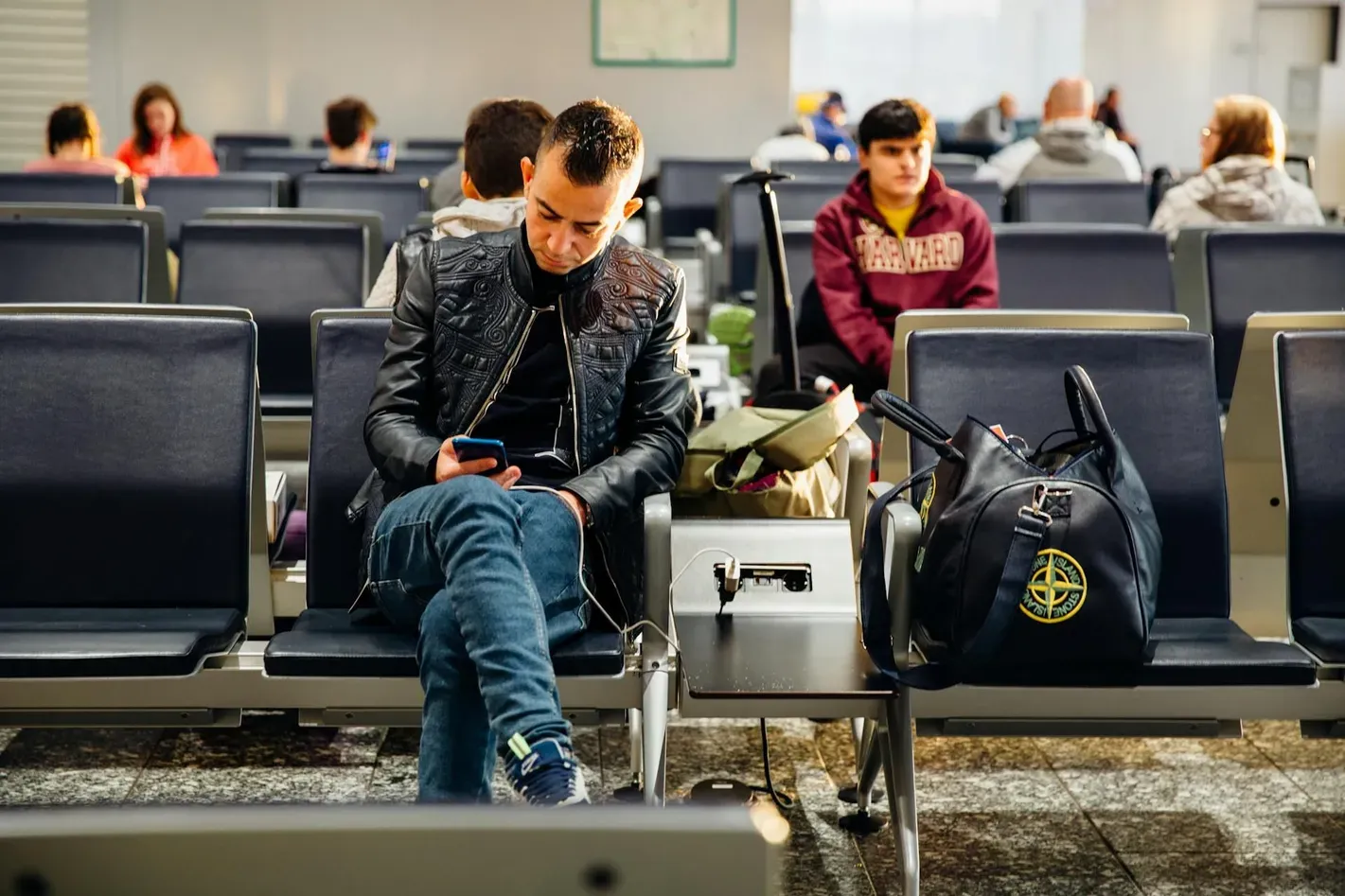eSIM
Should You Remove Your Primary eSIM When Traveling? Expert Guide [2025]
It’s not necessary to. Learn how to manage your primary and travel eSIMs effectively to stay connected abroad.
No, you should never remove your primary eSIM when traveling internationally. While turning it off might be necessary to avoid roaming charges, removing (deleting) your primary eSIM can lead to complications when you return home. This guide explains how to properly manage your primary eSIM alongside a travel eSIM for the best connectivity experience abroad.

Understanding Primary eSIMs vs. Travel eSIMs
When preparing for international travel, managing your mobile connectivity becomes a crucial consideration. Many travelers wonder whether they should remove their primary eSIM to make way for a travel eSIM. Before making this decision, it's important to understand the fundamental differences between removing and simply turning off your eSIM.
Difference Between Removing and Turning Off an eSIM
When preparing for international travel, it's crucial to understand the distinction between removing and disabling your primary eSIM:
- Removing: Deletes the eSIM profile from your device, requiring reactivation from your carrier upon return.
- Disabling: Temporarily turns off the eSIM's connectivity, which can be easily re-enabled without contacting your carrier.
Modern smartphones are designed to handle multiple eSIM profiles simultaneously, making removal completely unnecessary for most travelers.
Managing Multiple eSIMs on Your Device
One of the greatest advantages of eSIM technology is the ability to store multiple profiles on a single device. This capability is particularly valuable for international travelers.
How Many eSIMs Can Your Phone Store?
Device compatibility varies significantly between manufacturers and models. Even if your device can only have one active eSIM at a time, you can still store multiple eSIM profiles and switch between them without deletion. This means you can keep your primary eSIM stored while using your travel eSIM, then switch back when you return home.
For a detailed breakdown of how many eSIMs different phone models can support, check out our guide on How Many eSIMs Can iPhone 12, 13, 14 & Android Phones Have?
When to Turn Off vs. Keep Your Primary eSIM Active
Your decision should be based on your specific travel needs:
Keep Primary eSIM Active When: You need to receive SMS verification codes or two-factor authentication messages You must remain reachable on your primary number for important calls You're traveling for a short period and want to maintain full service continuity Your primary carrier offers affordable international call/text packages
Turn Off Primary eSIM When: You want to completely eliminate any possibility of roaming charges You have an alternative method for receiving authentication codes (email, authenticator app) You're traveling for an extended period and don't need your home number Your device can only have one active eSIM at a time
If you're experiencing issues with your travel eSIM, our comprehensive troubleshooting guide can help while you’re on the go.
Why a Travel eSIM Works Best with Your Primary Line
Once you've disabled your primary eSIM to avoid roaming charges, you'll still need a reliable way to stay connected while abroad. That’s where a travel eSIM comes in—designed specifically to work alongside your primary setup without requiring number changes or complicated configurations.
For example, Nomad’s travel eSIMs are compatible with dual-SIM setups and provide flexible options for different travel styles:
- If you're visiting a single country, you can opt for local plans with affordable data rates.
- For multi-country trips, Nomad offers regional and global plans that eliminate the need to swap eSIMs between destinations.
- Plans are easy to install before you travel and support tethering, making it simple to share data with other devices.
Frequently Asked Questions
Will I lose my phone number if I turn off my primary eSIM?
No, turning off your primary eSIM is temporary and does not affect your phone number. Your number remains associated with your account, and you can reactivate the eSIM anytime by toggling it back on in your device settings. However, while it's turned off, you won't receive calls or texts to that number.
Can I receive SMS verification codes with my primary eSIM turned off?
No, if your primary eSIM is disabled, you cannot receive SMS messages, including verification codes. Consider keeping it active without data roaming or using alternative authentication methods.
How much data do I need for international travel?
Data needs vary based on usage patterns:
- Light usage (basic navigation, messaging): 1-2GB per week
- Moderate usage (social media, some streaming): 3-5GB per week
- Heavy usage (video calls, frequent streaming): 7-10GB per week
Can I use WhatsApp/iMessage with just a travel eSIM?
Yes, both services work perfectly with a data connection. For iMessage, make sure it’s configured to use your Apple ID or primary phone number to avoid disruptions—see our guide on how to use iMessage with a travel eSIM for setup tips.
For WhatsApp, your account remains tied to your original number even when using a travel eSIM for data. Just ensure your number is verified before turning off your primary line. Learn more in our article on whether a travel eSIM changes your WhatsApp number.
What happens if my travel eSIM runs out of data?
You can easily purchase an add-on through the Nomad app or website. Your eSIM profile remains active, allowing you to continue using the same profile without any configuration changes.
Keep Your Primary eSIM, Just Configure It Properly
Avoid the hassle of reactivating your primary eSIM upon returning home by keeping it installed. Simply disable it during your travels to prevent roaming charges. With Nomad's travel eSIMs, you can enjoy seamless connectivity abroad without compromising your primary number.
Ready to set up your phone for international travel? Explore Nomad's eSIM plans covering over 200 countries, with regional options perfect for multi-country trips and data rates starting at just $1.10/GB.


